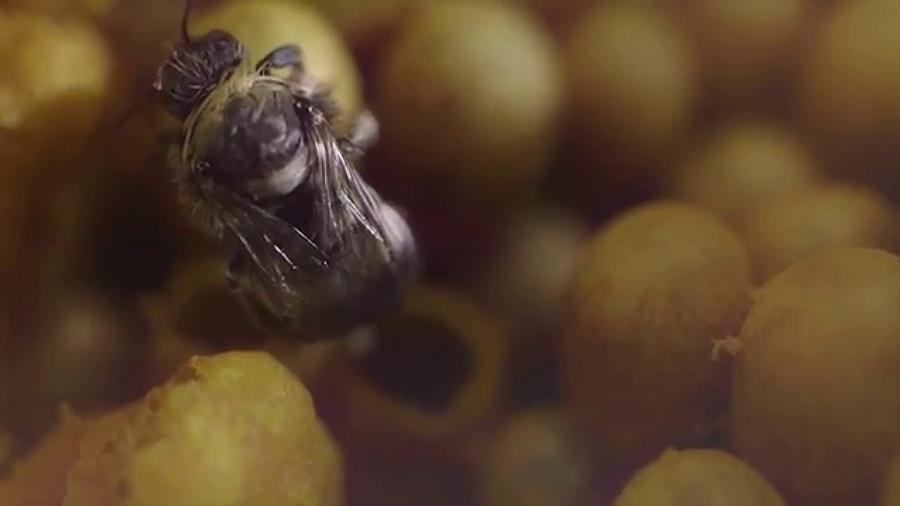Effective pollinators
Bumblebees are known to be easy, efficient and reliable pollinators. These are the benefits of bumblebees:
- Bumblebees provide maximum insurance for optimal pollination, due to their high amount of flower visits and large transfer of pollen.
- Bumblebee pollination result is increased yield, better formed fruit, quality produce and faster ripening of fruit
- Bumblebees are reliable workers, they work 7 days a week from dusk till dawn
- Bumblebees work well under poor weather conditions and protected environments
- Bumblebees are easy to use and require low maintenance
- Bumblebees are safe since they are not aggressive
- Bumblebees include lower cost compared to manual pollination work
Difference between bumblebees and honeybees
- Bumblebees are active at low temperatures near 10°C, while honeybees become active at higher temperatures
- Bumblebees are active on cloudy, foggy, and rainy days. Honeybees are less active at low light levels
- Bumblebees work earlier in the morning and later into the evening hours
- Bumblebees pollinate flowers through a method called 'buzz-pollination', this will allow a bumblebee to pollinate a flower in a single visit. A honeybee typically needs to visit a flower between 7-10 times, before it is fully pollinated
- Bumblebees lack the sophisticated communication system of honeybees, and are less likely to leave your crop for more attractive flowers
- Bumblebees are much more efficient pollinators than honeybees, they mainly forage for pollen rather than nectar, and transfer more pollen to the pistils with each visit
- Bumblebees promote higher rates of cross-pollination, and visit many more blooms per minute
- Bumblebees are safer for you and your employees as they are much less aggressive than honeybees
Life cycle of bumblebees
In nature, bumblebee queens hibernates alone and underground throughout the winter season. Before hibernation, the new young queens will leave the old nest and mate with drones.
As temperature rises and the spring season emerges, the new bumblebee queen awakens. She will start foraging for pollen and nectar, as well as search for a suitable nest site.
Once a nest is chosen, she will start laying eggs to build her own colony. Approximately 4 weeks after the first eggs are laid, the first worker bumblebees (all females) start emerging and carry out work both inside and outside the nest.
Worker bees forage for both pollen and nectar to provide resources for the brood as well as perform maintenance jobs on the nest.
As the nest continues to develop, the queen will not leave it. She will be inside the nest, continuingly laying eggs and providing orders for the worker bumblebees.
In late summer the queen will start producing new queens and males (drones) in order for the colony to reproduce.
These new queens will mate with males, leave the nest and the cycle will continue. The old queen and her nest will decline naturally in late autumn.
